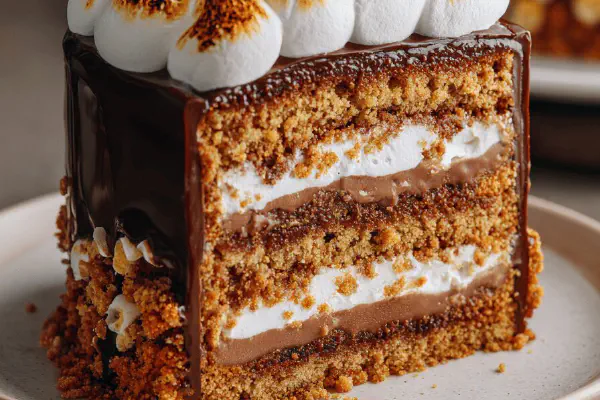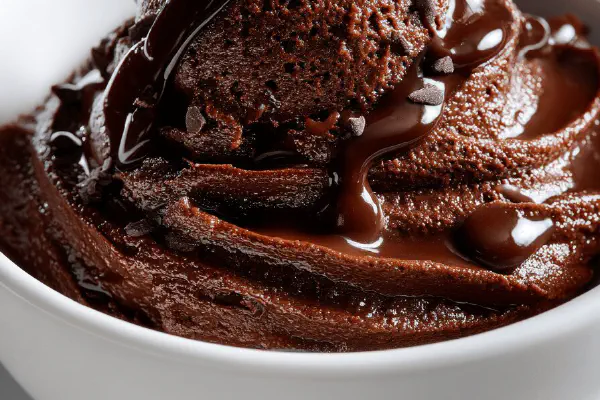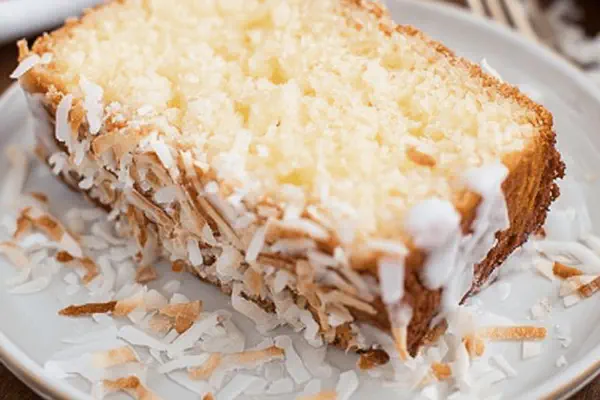Twisted Dark Ganache

By Emma
Certified Culinary Professional
Ingredients
- 280 g bittersweet chocolate, chopped
- 250 ml coconut cream (full fat)
- 75 ml honey
- 75 ml coconut oil, softened
About the ingredients
Method
- 1. Chop chocolate finely, place in medium heatproof bowl. Set aside, mentally prepping for the smell—earthy, almost smoky notes when melted right.
- 2. In a small saucepan, heat coconut cream with honey until it simmers—bubbles poking the surface but not a rolling boil. Remove from heat; this stage prevents grainy texture caused by overheating.
- 3. Pour the hot liquid gently over the chocolate. No stirring immediately; let the heat melt the chocolate slowly, 90 seconds to two minutes. Watch the gloss begin to bloom like a slow wave.
- 4. Using a whisk, start gently folding the mixture, small circular motions coaxing together glossy chocolate and cream. If it looks grainy or seizing, add a spoonful more warm coconut cream and whisk vigorously—it’s a fix I had to learn the hard way.
- 5. Once smooth, stir in softened coconut oil bit by bit. It smooths the blend, adds sheen, and helps it firm up at fridge temps. No butter here, so that slight coconut aroma whispers through the mix.
- 6. Cover the bowl tightly with plastic wrap, chill for about 50 minutes. Texturally, you want cold but spreadable. Press with a finger to test; it should give slightly but not stick.
- 7. Before use, if too stiff, warm gently in bursts of 10 seconds in the microwave, stir in between. Careful: overheat and it separates, no quick fix.
- 8. Use immediately as frosting or filling. Leftovers, refrigerate up to 4 days. Warm gently on reuse.
- Pro tip: For nuts allergies, no problem—coconut is a safe fatty alternative here. If you want more intense flavor, add a splash of vanilla or espresso powder right before chilling.
Cooking tips
Chef's notes
- 💡 Start with finely chopped chocolate; uneven pieces melt unevenly. Don't stir right away once hot cream hits. Let it sit. Smell shifts from earthy to slightly smoky hint signaling melting progress. Watch for gloss—like slow, shimmering waves. Timing's secondary—texture’s king.
- 💡 If mixture looks grainy, add warm coconut cream spoonfuls before whisking hard. Seized chocolate fixes happen quick. Stirring too soon scrambles melt; patience reduces clumps. Use gentle folds, coax the shine out. Coconut oil added bit by bit helps moisture and sheen, works like magic at fridge temps.
- 💡 Keep coconut oil softened, not melted hot. Warm it too much, ganache separates. The fat should be room temp to blend seamlessly. Chill covered for 50 minutes minimum; press with finger for spreadability test. Too stiff? Quick microwave bursts, ten seconds max, stir well between—heat kills gloss fast.
- 💡 Honey over corn syrup changes viscosity and flavor balance; pick milder honey or ganache gets heavy. Coconut cream thicker than dairy, so expect denser mix; add cream or coconut milk if too thick. Darker chocolate demands extra liquid. Keep some backup chocolate or oil around in case fixes are needed mid-process.
- 💡 Cover airtight or plastic wrap close to prevent skin forming and aroma loss. Reheat leftovers gently or microwave in short bursts. Adding vanilla or espresso powder amps up flavor before chilling. Nuts avoid issue here; fatty profile stays creamy. Don't rush melting; the right melt smell and gloss guide best—eyes, nose, hands all need to agree.
Common questions
What to do if ganache seizes?
Stop stirring immediately. Add warm cream or coconut cream spoonfuls slowly. Stir gently, coax instead of forcing. If still tough, warm slowly double boiler style? Keep fat room temp next time. Happens if chocolate temperature jumbles too fast.
Can I use butter instead of coconut oil?
Yes, unsalted butter works. Adds classic dairy note. Avocado oil tested but less sheen. Coconut oil melts faster room temp—watch heat or separation happens. Butter chills firmer but affects texture slightly. Same softening rules apply before stirring in.
How to tell ganache is ready without timer?
Look for shiny surface blooming after cream just hits. Wait 90–120 seconds no stirring, melt happens in waves. Then gentle folding brings glossy merge. Tap bowl; slight jiggle means spreadable. Finger press cold ganache; slight give, no stick. Texture beats clock every time.
How to store leftover ganache?
Airtight container fridge up to 4 days, maybe less for texture loss. Freeze possible but changes consistency. Warm gently to reuse—microwave ten seconds bursts or double boiler. Avoid reheating too hot; breaks texture. Covering well keeps cocoa aroma intact.



